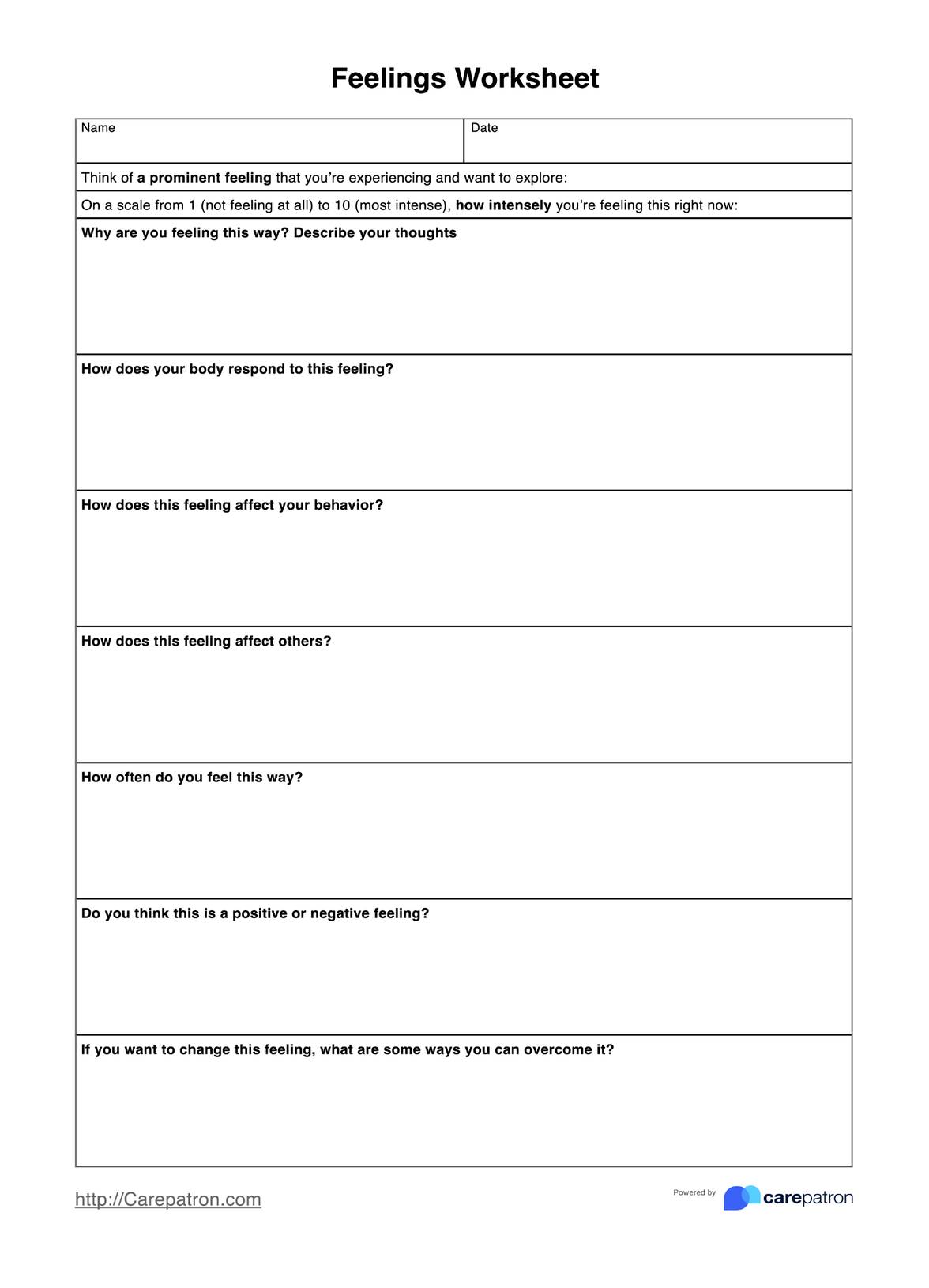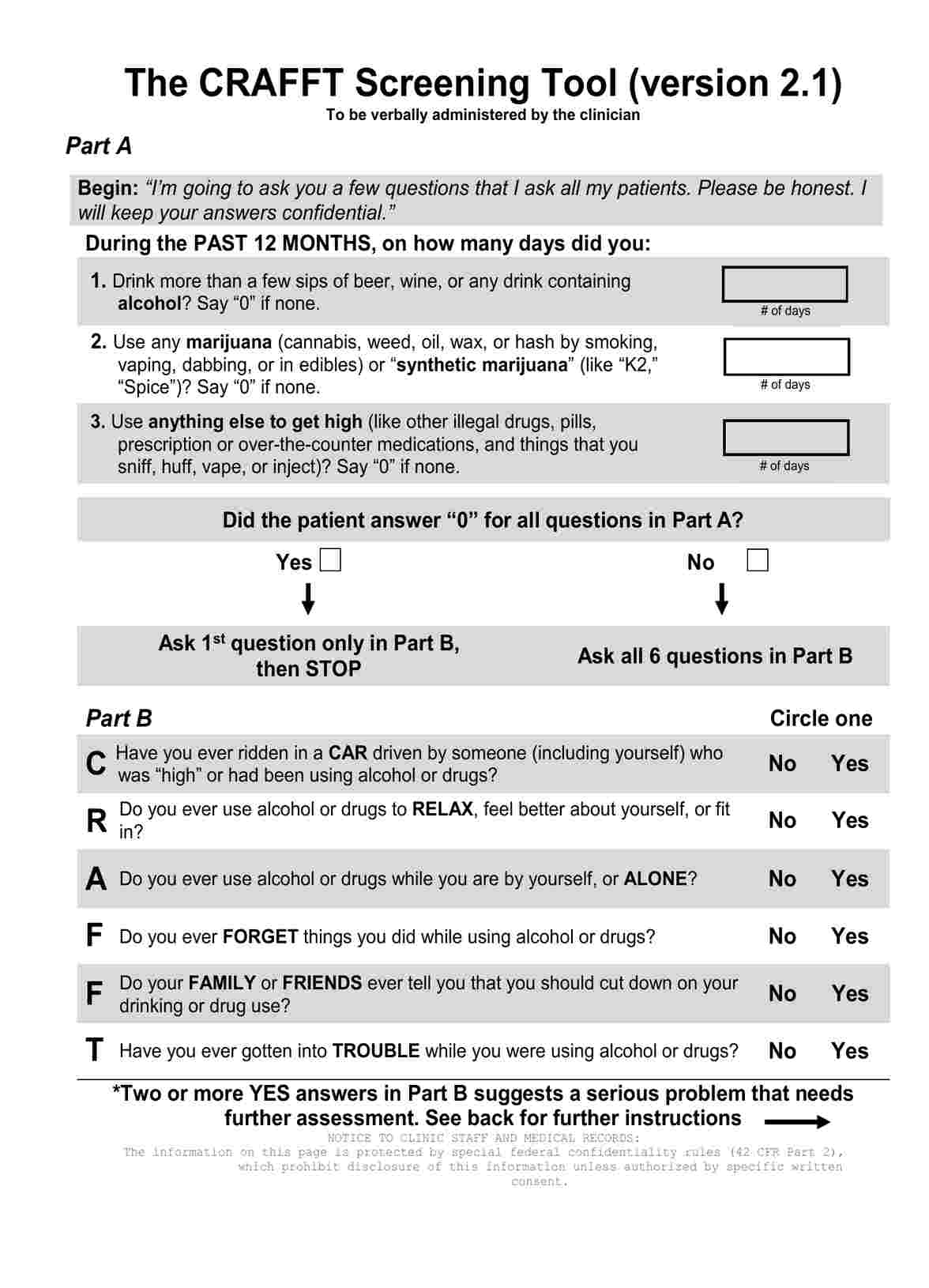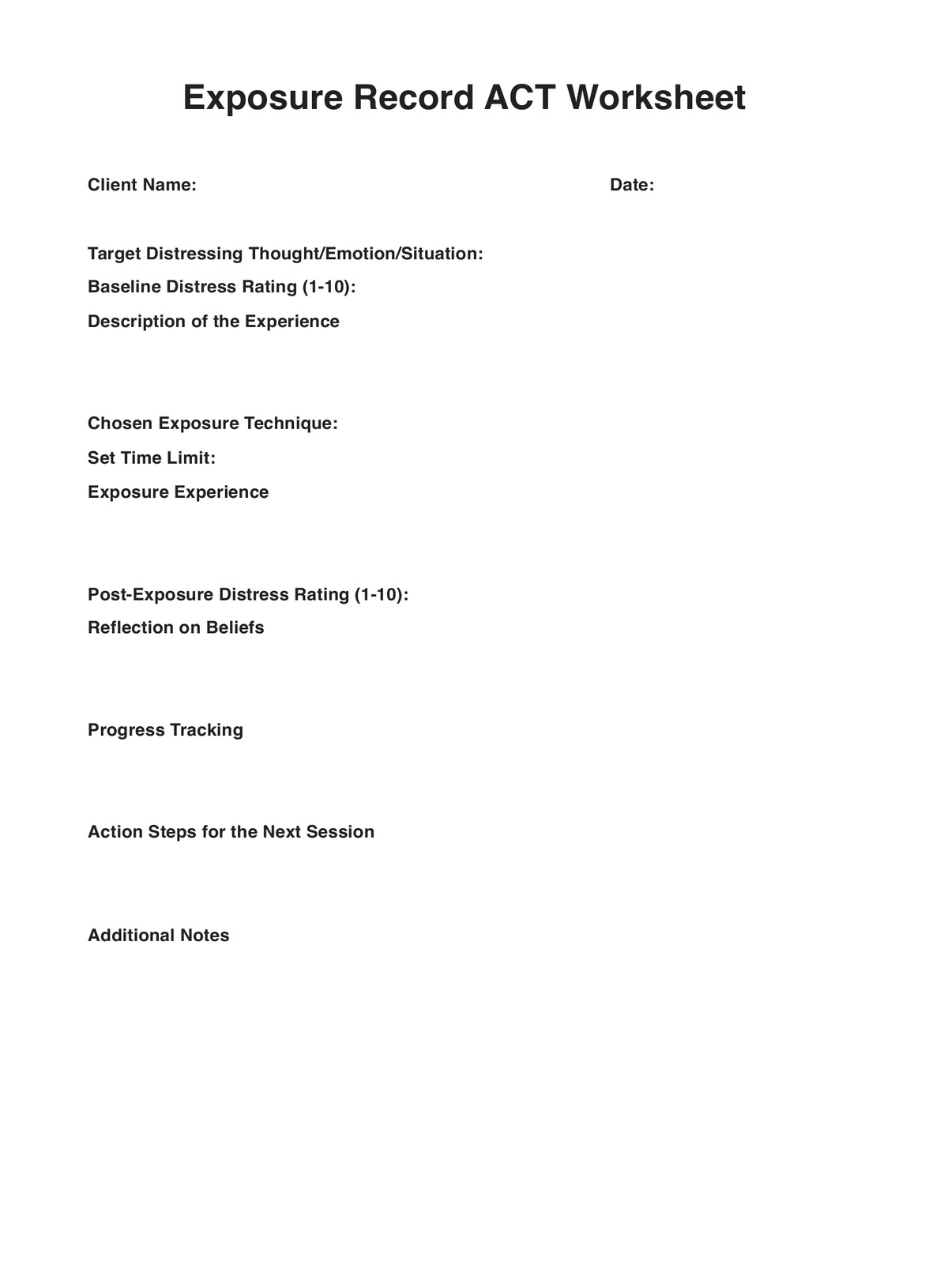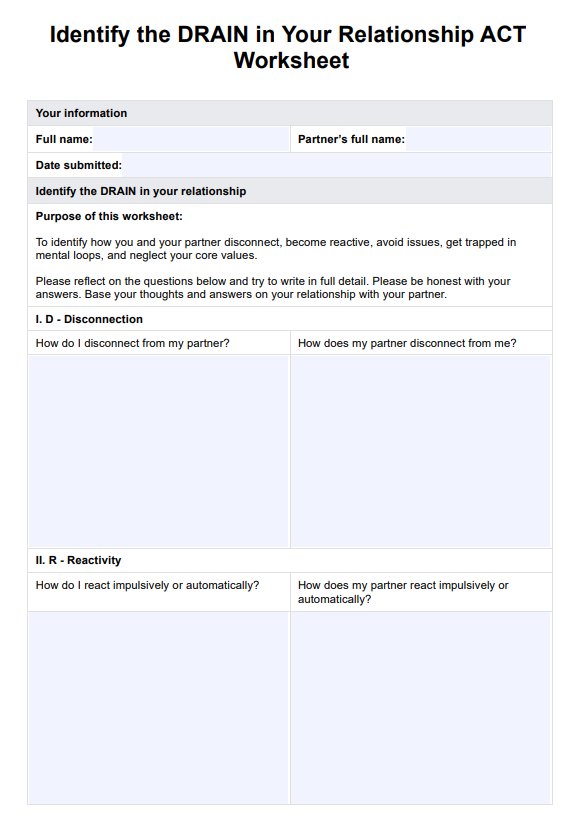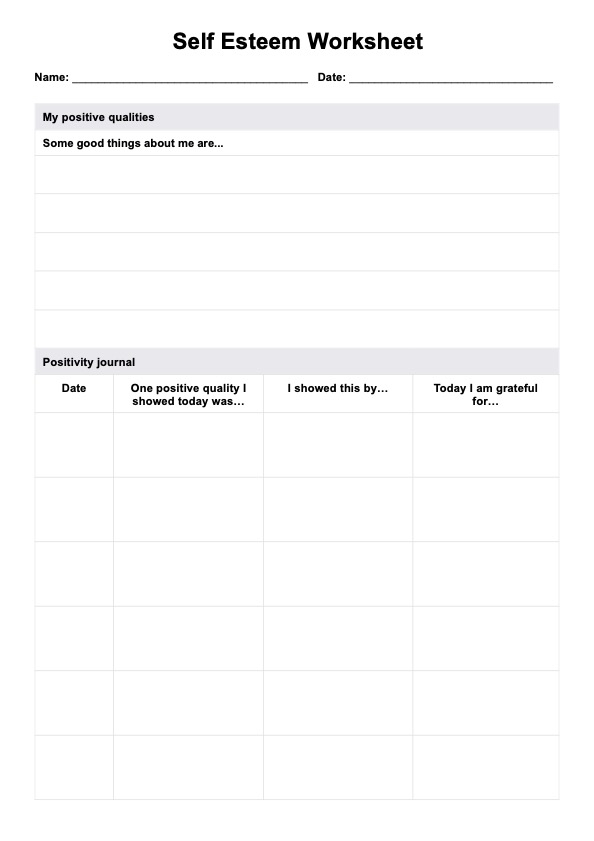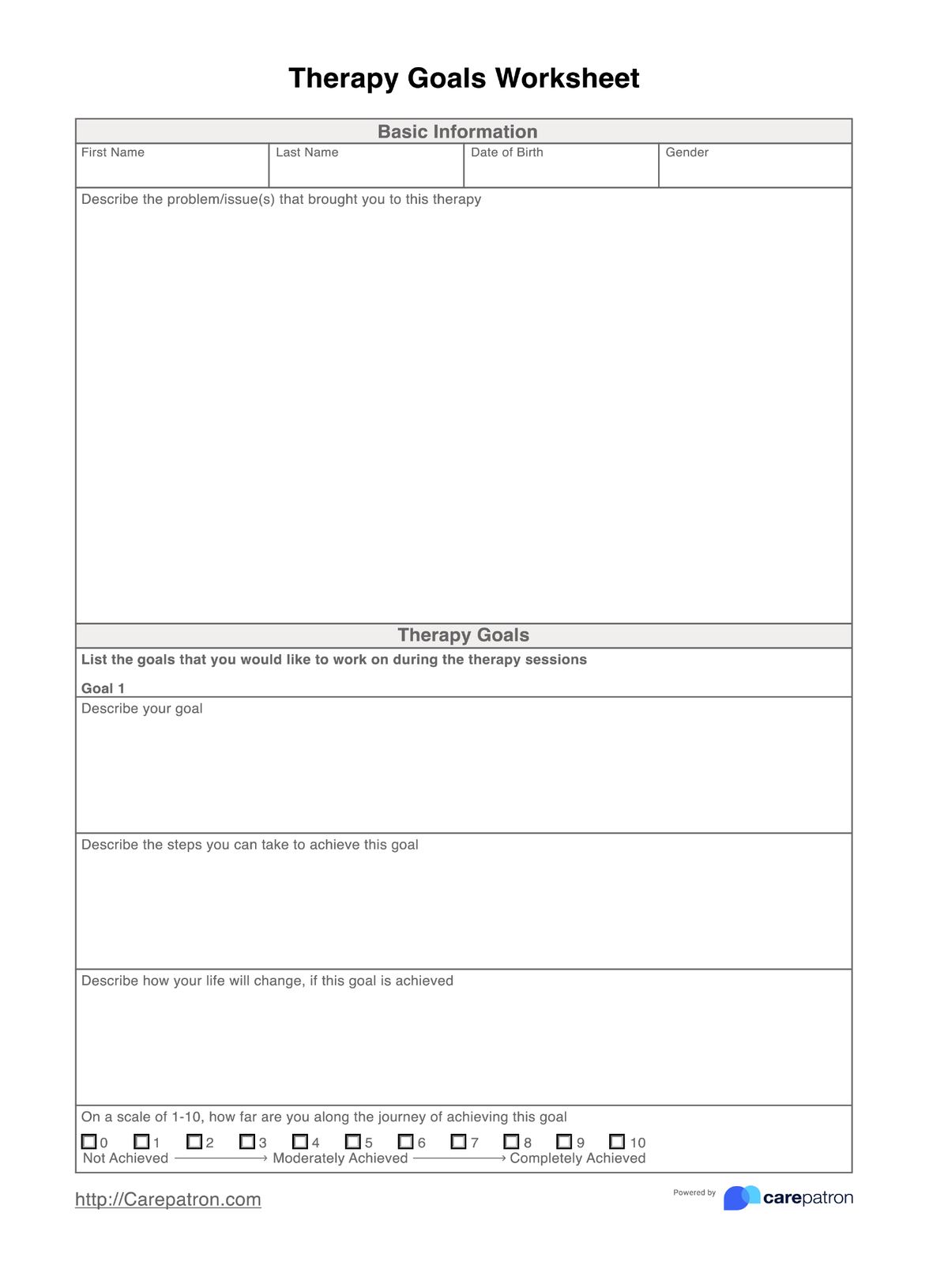Facts vs Feelings Worksheet
Promote emotional regulation and logical thinking with our Facts vs Feelings Worksheet. Help clients differentiate between facts and feelings in therapy sessions.


Facts vs feelings
Facts are objective truths or realities that are verifiable and not influenced by personal feelings or opinions. They are observable phenomena or well-established pieces of information. For example, "It is raining outside" is a fact because it can be verified by looking out the window.
Feelings, on the other hand, are subjective experiences that arise from our perceptions, thoughts, and emotions. They are personal and can vary greatly from one person to another. Using the previous example, "I feel sad because it is raining" reflects a feeling, as it expresses an individual's emotional response to the fact that it is raining.
The main difference between facts and feelings lies in their objectivity and subjectivity. Facts are concrete and measurable, while feelings are personal and intangible. Facts can be proven true or false, whereas feelings are about individual experiences and interpretations.
Facts vs Feelings Worksheet Template
Facts vs Feelings Worksheet Example
What is the Facts vs Feelings Worksheet?
The Facts vs Feelings Worksheet is a structured tool often used in cognitive behavioral therapy to help individuals differentiate between objective facts and subjective emotional responses. This process is critical for fostering self-awareness, improving emotional regulation, and challenging distorted thoughts.
The worksheet encourages a balanced perspective on situations by guiding individuals to list facts (objective, verifiable truths) alongside feelings (subjective emotional experiences). It promotes clarity, helping clients better understand how their emotional responses influence their perception of events.
This versatile worksheet can be utilized by therapists in individual or group therapy sessions to teach clients how to evaluate situations more rationally. It serves as a bridge to cognitive restructuring, making it an invaluable tool for both educational and therapeutic purposes.
How to use our Facts vs Feelings Worksheet template
Our Facts vs Feelings Worksheet template is designed to help healthcare professionals and clients collaboratively identify and separate emotions from facts. By doing so, clients gain clarity, improve emotional regulation, and enhance decision-making. Follow these steps to use the template effectively:
Step 1: Access the template
Click the "Use template" button on this page to open the worksheet in the Carepatron app, where it can be customized or filled in directly. Alternatively, click the "Download" button to save a printable version.
Step 2: Administer the worksheet
Introduce the worksheet during therapy sessions, explaining its purpose and how it can help clients better understand their emotions and perceptions. Guide the client in identifying a specific situation where strong feelings might have influenced their judgment, and encourage them to fill in the "Facts" and "Feelings" sections thoughtfully.
Step 3: Review and discuss responses
After the client completes the worksheet, review their answers together. Use this discussion to explore how their feelings might have impacted their interpretation of the facts and help them identify patterns in their thought processes. Encourage them to reflect on how this understanding can aid in managing future situations.
When to use this worksheet?
The Facts vs Feelings Worksheet is a versatile tool for mental health professionals, beneficial in various scenarios where emotional clarity and cognitive restructuring are needed. Here's when it can be particularly helpful:
- Clients facing mental health issues: Use this worksheet to help clients dealing with anxiety, depression, or other mental health challenges recognize and separate negative thought patterns from objective reality.
- During cognitive behavioral therapy sessions: This worksheet aligns with CBT principles by aiding in cognitive restructuring, allowing clients to identify and challenge distorted thoughts.
- Clients managing substance abuse: For individuals recovering from substance abuse, this tool can help them process emotional triggers and distinguish facts from feelings, reducing impulsive behaviors.
- Working with obsessive-compulsive disorder (OCD): Clients with OCD often struggle with intrusive thoughts. This worksheet can help them evaluate whether their concerns are fact-based or driven by obsessive tendencies.
- In conflict resolution scenarios: This worksheet is effective in helping clients navigate interpersonal conflicts by distinguishing between factual events and emotional reactions, improving communication and understanding.
- For self-awareness and emotional intelligence: Encourage clients to use the worksheet to enhance their ability to identify and regulate strong emotions, contributing to personal growth and mental wellness.
Benefits of this Facts vs Feelings Worksheet
The Facts vs Feelings Worksheet offers several advantages for both clients and therapists. Key benefits include:
- Enhanced emotional regulation: By separating facts from feelings, clients learn to manage their emotions more effectively, reducing the intensity of emotional responses and preventing emotional overwhelm.
- Improved clarity: The worksheet helps clients distinguish between what is happening externally (facts) and their internal reactions (feelings), leading to clearer understanding and communication.
- Increased rational thinking: It encourages logical analysis of situations, helping clients challenge irrational beliefs and cognitive distortions contributing to emotional distress.
- Better problem-solving: With a clearer distinction between facts and feelings, clients can objectively approach problems, leading to more effective solutions.
- Strengthened interpersonal relationships: By recognizing how strong emotions, harmful opinions, and negative thoughts influence their perceptions, clients can improve communication and understanding in relationships. This contributes to mental wellness and fosters emotional intelligence, self-awareness, and healthier connections.
Tips on differentiating facts and feelings
Teaching patients to differentiate facts from feelings is vital for improving emotional regulation and mental well-being. Here are tips you can share with your clients:
- Focus on physical sensations: Encourage clients to notice bodily signals. For example, a racing heart or sweating often reflects negative emotions like anxiety, which are feelings rather than facts.
- Check for evidence: Guide clients to assess whether their thoughts are supported by objective proof. Facts have verifiable evidence, while feelings are subjective interpretations.
- Mind your language: Teach clients to pay attention to their phrasing. Statements like "I feel" or "I believe" typically express feelings, while "I know" or "It is" indicate facts.
- Practice mindfulness: Suggest clients stay present and observe their thoughts without judgment. This helps them separate emotional reactions from objective reality.
- Clarify one's perspective: Encourage clients to step back when overwhelmed by strong emotions. Evaluating whether their reactions stem from factual events or subjective interpretations helps manage stress and negative emotions effectively.
Commonly asked questions
Feelings are subjective emotional responses, while facts are objective truths that can be verified or proven. Differentiating between them involves examining the evidence and separating personal emotional experiences from objective reality.
To separate emotions from facts, identify the emotion you're experiencing, then assess the situation objectively to determine the factual elements. This helps in making rational decisions based on reality rather than emotions.
Both facts and feelings are important. Facts provide a basis for understanding reality, while feelings guide our emotional responses and personal experiences. Balancing the two is crucial for healthy decision-making and well-being.


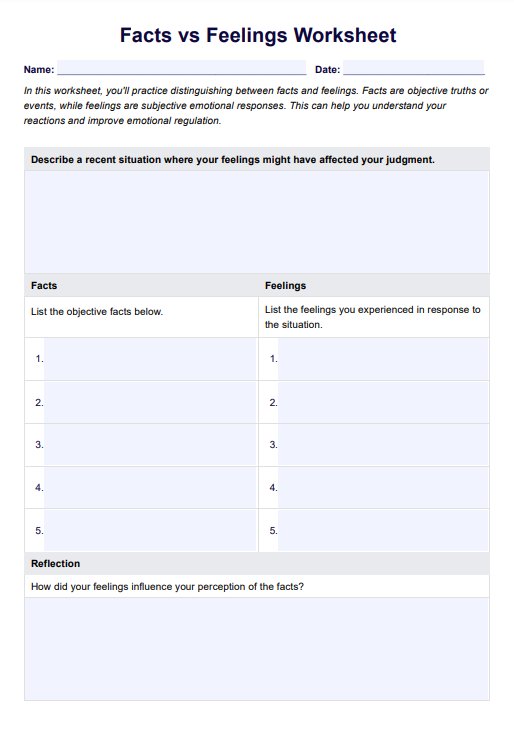
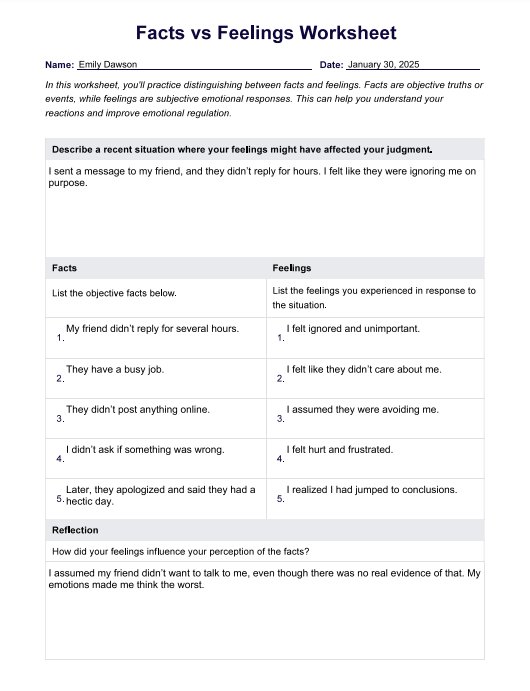
















-template.jpg)




















































































